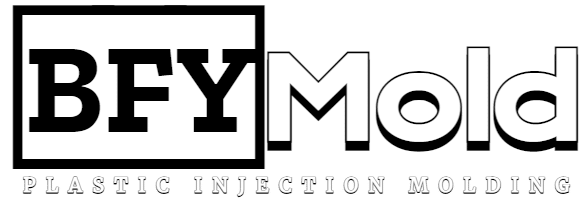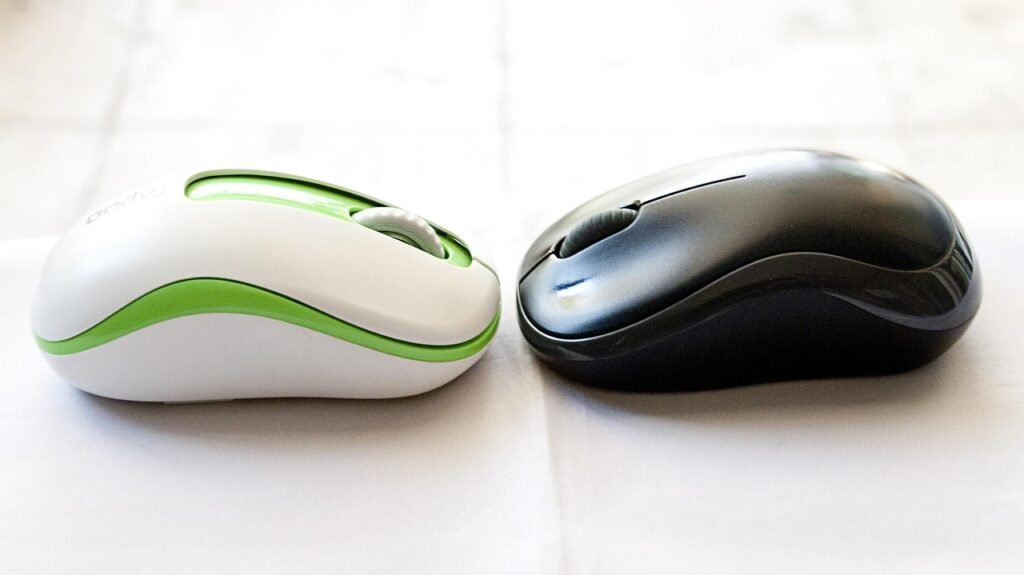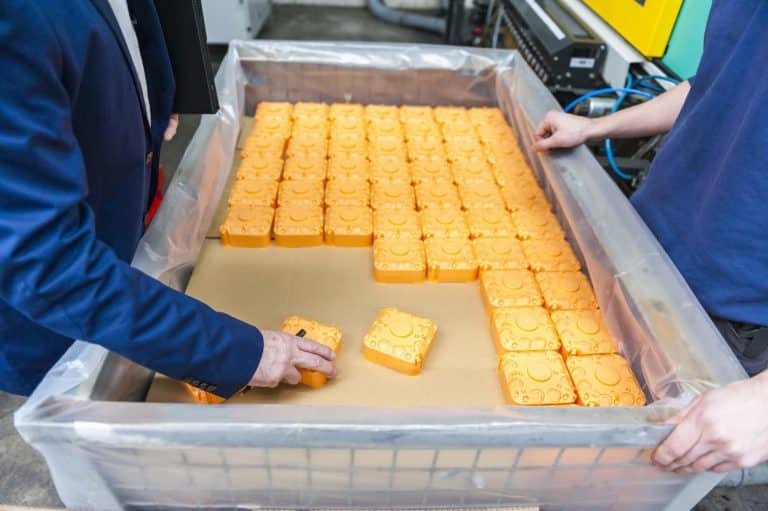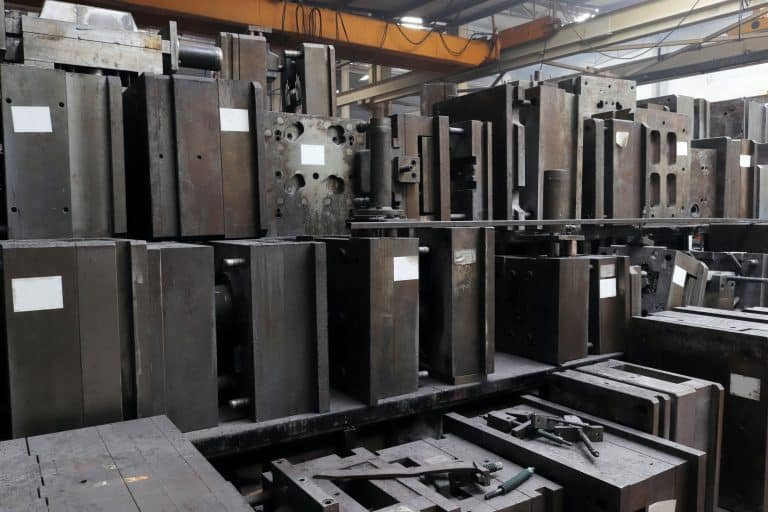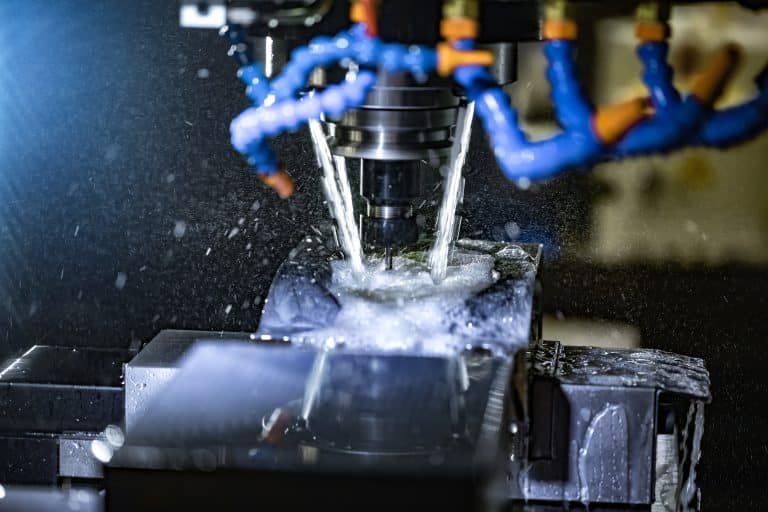In the evolving landscape of product design, Polylactic Acid (PLA) plastic has emerged as a cornerstone material for brands seeking to merge performance with environmental responsibility. For OEMs, product designers, and manufacturers across industries—from consumer electronics like wireless mouse housing to disposable medical devices—understanding PLA’s capabilities and processing nuances is critical to successful implementation.
As a specialized mold processing and injection molding factory, BFY Mold possesses the unique expertise to navigate the distinct challenges of manufacturing with PLA, transforming this biopolymer from a conceptual sustainable choice into a high-performance, commercially viable material. This deep dive into PLA examines its properties, design considerations, and the precise mold engineering required to unlock its full potential in demanding applications, providing an essential resource for any manufacturer or supplier looking to lead in the green manufacturing revolution.

Understanding PLA: The Biopolymer Revolutionizing Product Design
Polylactic Acid (PLA) is a biodegradable thermoplastic aliphatic polyester derived from renewable resources like corn starch, sugarcane, or tapioca roots. Unlike conventional plastics synthesized from petroleum, PLA’s biological origins offer a reduced carbon footprint and a path to compostability under industrial conditions. For product designers and manufacturers, this environmental profile is a powerful market differentiator. However, its appeal extends beyond sustainability. PLA offers excellent visual characteristics, including high clarity and gloss, making it ideal for visually sensitive applications. It is also renowned for its good stiffness and ease of processing, particularly on standard injection molding equipment. Critical Insight: The misconception that PLA is solely for low-strength applications like packaging is outdated. Through advanced compound engineering and precise processing, PLA can be engineered to meet the rigorous demands of durable goods, a transformation that begins with expert mold design and processing protocols at a factory like BFY Mold.
Material Properties: How PLA Compares to Conventional Plastics
The decision to specify PLA requires a clear understanding of its mechanical, thermal, and physical properties relative to established petroleum-based plastics. PLA occupies a unique position in the material spectrum, offering a blend of characteristics that can be optimized for specific applications.
| Property | PLA | ABS | PP | PS | Key Design Implication for PLA |
| Tensile Strength (MPa) | 50-70 | 40-50 | 30-40 | 45-60 | Higher rigidity than ABS or PP, but more brittle. |
| Flexural Modulus (GPa) | 3.5-4.0 | 2.0-2.5 | 1.2-1.6 | 3.0-3.5 | Excellent stiffness, suitable for structural components. |
| Notched Izod Impact (J/m) | 20-30 | 200-400 | 50-100 | 20-25 | Low impact strength is a key limitation; requires design modification. |
| Heat Deflection Temp. (°C) | 55-60 | 95-105 | 100-110 | 85-95 | Low HDT limits use in high-temp environments; annealing can help. |
| Mold Shrinkage (%) | 0.4-0.6 | 0.5-0.7 | 1.5-2.5 | 0.4-0.7 | Predictable, low shrinkage allows for precise part dimensions. |
Table 1: Comparative material properties highlighting PLA’s advantages and key limitations for product designers and manufacturers.
The BFY Mold Advantage: Precision Processing for PLA Success
The successful transition from PLA resin to a high-quality finished product is almost entirely dependent on precision molding. PLA’s sensitivity to heat and moisture demands a level of process control that separates capable molders from the rest. At BFY Mold, our expertise is built on mastering these critical variables.
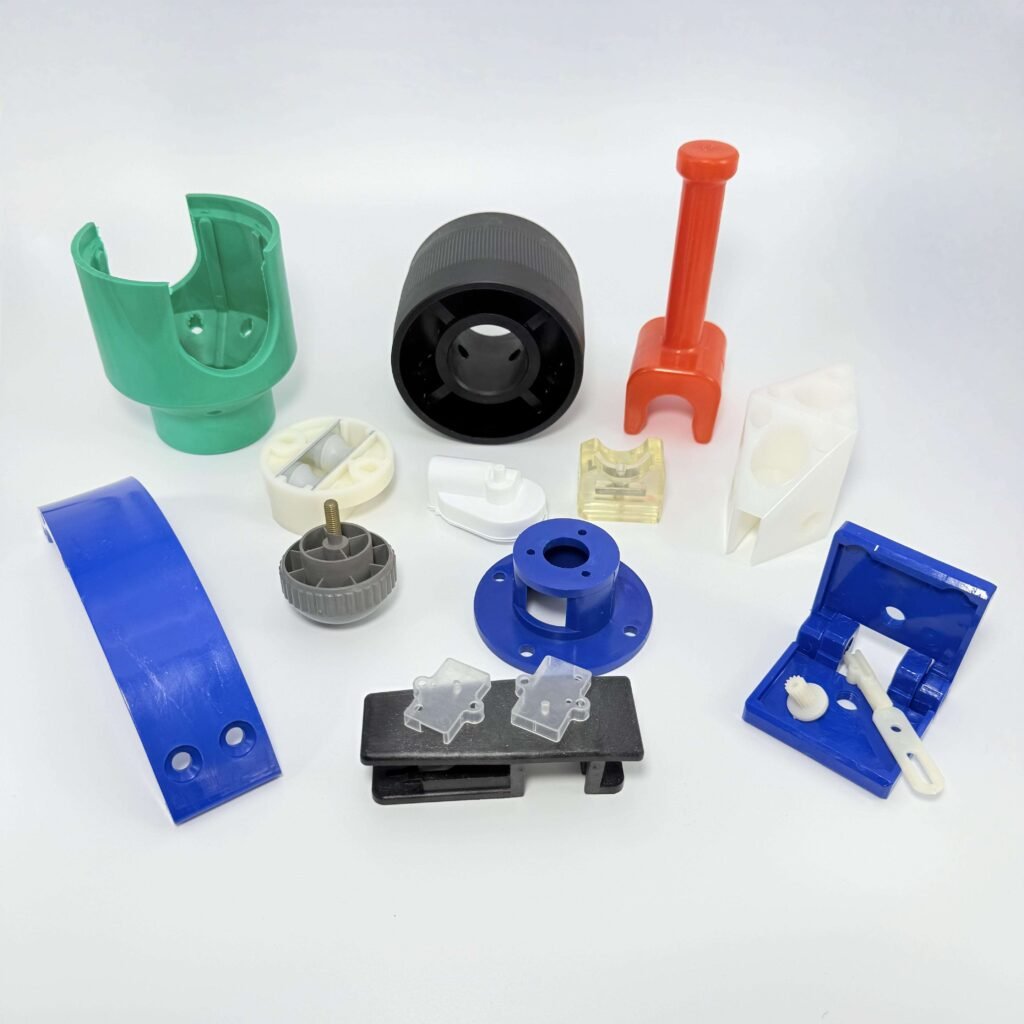
Critical Processing Consideration 1: Hydrolysis Prevention. PLA is highly hygroscopic. If processed with even slight moisture content, it undergoes hydrolysis, leading to molecular weight degradation. This manifests as severe brittleness, splay marks (silver streaks), and poor mechanical properties. The BFY Protocol: We mandate closed-loop drying systems with a dedicated desiccant dryer, maintaining a dew point below -40°C and drying at 70-80°C for a minimum of 4 hours. This is non-negotiable for achieving consistent part quality.
Critical Processing Consideration 2: Thermal Management. PLA has a narrow processing window. Excessive melt temperature or barrel residence time causes depolymerization, while insufficient temperature leads to high viscosity and short shots. The BFY Protocol: We utilize molds with high-efficiency cooling channels to ensure rapid and uniform heat removal. This is essential for controlling crystallinity, minimizing cycle times, and preventing warpage caused by differential cooling. For a wireless mouse housing manufacturer, this means achieving a flawless matte texture and maintaining critical dimensional tolerances for internal PCB mounts.
Critical Processing Consideration 3: Mold Design Optimization. The design of the injection mold itself is the most important factor in overcoming PLA’s inherent brittleness. The BFY Solution: We engineer molds with strategic gate placement and sizes to minimize shear stress, which can degrade the polymer. We incorporate generous radii and fillets (minimum 1.0mm) on all corners in the mold design to eliminate stress concentrators that would become failure points in the final part. For components requiring toughness, we design for live hinges and incorporate snap-fit features that work with PLA’s stiffness rather than against its brittleness.
Design for Manufacturability (DFM) with PLA: A Collaborative Process
At BFY Mold, we engage in early-stage DFM collaboration with our clients to ensure their PLA product is designed for both function and manufacturability. This proactive approach mitigates risk and cost. Key strategies we advocate for include:
- Uniform Wall Thickness: This is paramount for PLA. Variations lead to differential cooling, sinks, warpage, and internal stresses. We recommend a uniform wall thickness of 2.0-2.5mm for most applications.
- Generous Radii: Sharp corners are fracture initiation points. Incorporating radii of at least 0.5-1.0mm dramatically improves impact resistance.
- Draft Angles: To facilitate easy ejection and prevent surface scuffing on the glossy finish, we recommend draft angles of 1.5° to 2°.
- BOSS Design: Bosses for self-tapping screws must be designed with adequate wall thickness and surrounded by ribs to prevent cracking. We often suggest using brass inserts molded-in or installed ultrasonically for higher pull-out strength.
Applications: Where PLA Excels with the Right Manufacturing Partner
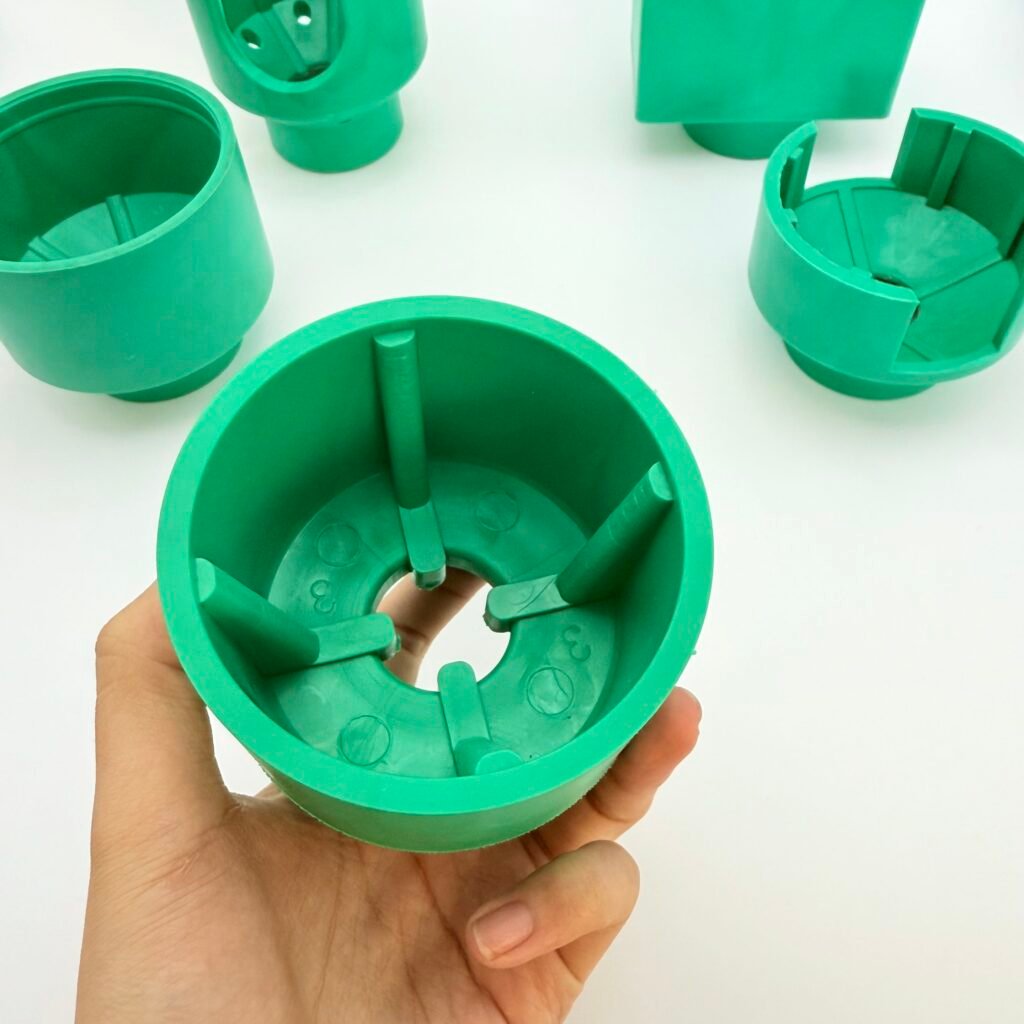
With expert processing, PLA moves far beyond 3D printing filament and packaging. BFY Mold enables the use of advanced PLA grades in demanding applications, including:
- Consumer Electronics: Housing for computer accessories, wireless mouse shells, keyboard keycaps, and speaker grilles where aesthetics and feel are critical.
- Medical Devices: Biodegradable implants, surgical tools, and housings for single-use devices where sterility and biocompatibility are required.
- Sustainable Packaging: Rigid clamshells, transparent windows, and cosmetic containers that benefit from PLA’s clarity and gloss.
- Durable Goods: Toys, household items, and office supplies where a premium, rigid feel is desired.
FAQs for Product Designers and Manufacturers Considering PLA
1. Q: Is PLA truly a strong enough material for a durable product like a wireless mouse housing?
A: Pure, unmodified PLA can be brittle. However, at BFY Mold, we work with advanced PLA compounds that are impact-modified with other biopolymers or additives. When processed correctly in a precision-designed mold, these engineered PLAs can absolutely meet the durability requirements for a wireless mouse housing or similar consumer electronics application.
2. Q: What is the biggest mistake manufacturers make when switching to PLA?
A: Underestimating the need for absolutely thorough drying. Processing PLA with any moisture is the single fastest way to guarantee a production batch of brittle, failed parts. Partnering with a molder like BFY Mold, which has rigorous material handling protocols, is essential.
3. Q: Can PLA be used for parts requiring high heat resistance?
A: Standard PLA has a low Heat Deflection Temperature (HDT). However, specialized high-heat PLA grades are available, and the HDT can be significantly increased (by 15-20°C) through annealing. We can advise on the right material grade and post-processing techniques for your application’s thermal requirements.
4. Q: How does the cost of manufacturing with PLA compare to ABS or PP?
A: While PLA resin can be more expensive per kilogram than ABS or PP, the total part cost analysis often tells a different story. PLA’s faster cycle times (due to its rapid crystallization and cooling) and lower molding temperatures (reducing energy consumption) can offset the raw material cost, making it highly competitive, especially when its environmental marketing value is considered.
5. Q: Does BFY Mold offer support with material selection and sourcing?
A: Absolutely. We maintain partnerships with leading material suppliers and have an extensive database of material properties. We can help you select the optimal PLA grade—be it standard, high-impact, high-temperature, or flexible—for your specific product and performance requirements, ensuring a successful outcome from the start.
Partner with BFY Mold to Master Sustainable Manufacturing
Choosing PLA is a statement of intent. Executing it successfully requires a manufacturing partner with proven expertise in biopolymer processing. BFY Mold provides the precision tooling, scientific process control, and collaborative DFM insight necessary to transform PLA’s promise into high-performance, market-ready products. Let us help you engineer sustainability without compromise.
Contact BFY Mold today for a consultation and DFM analysis on your next PLA product project.
